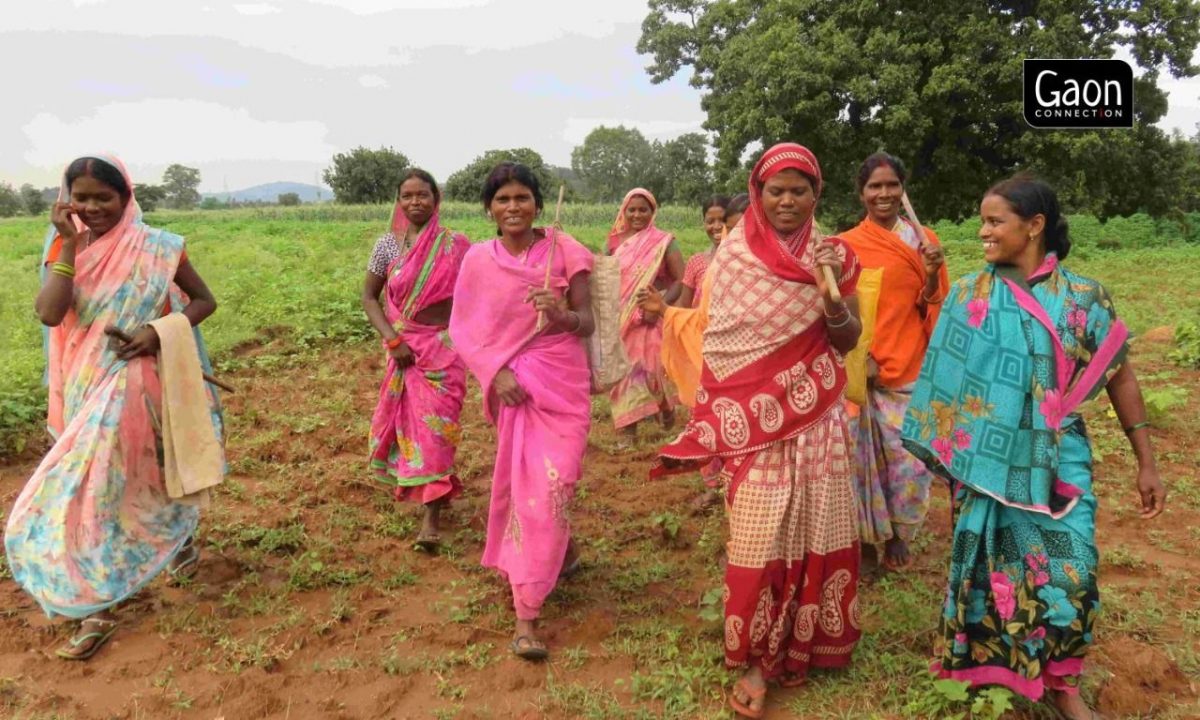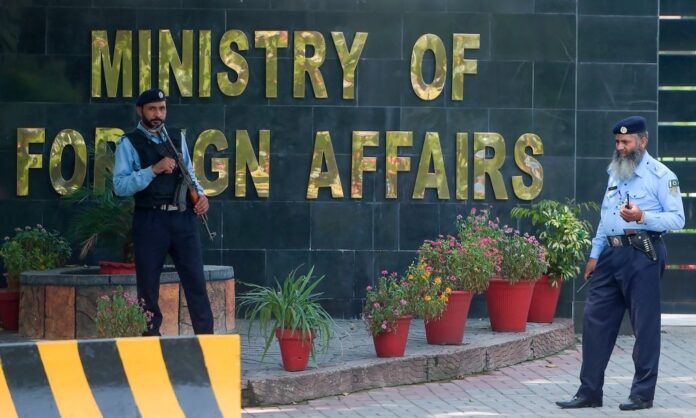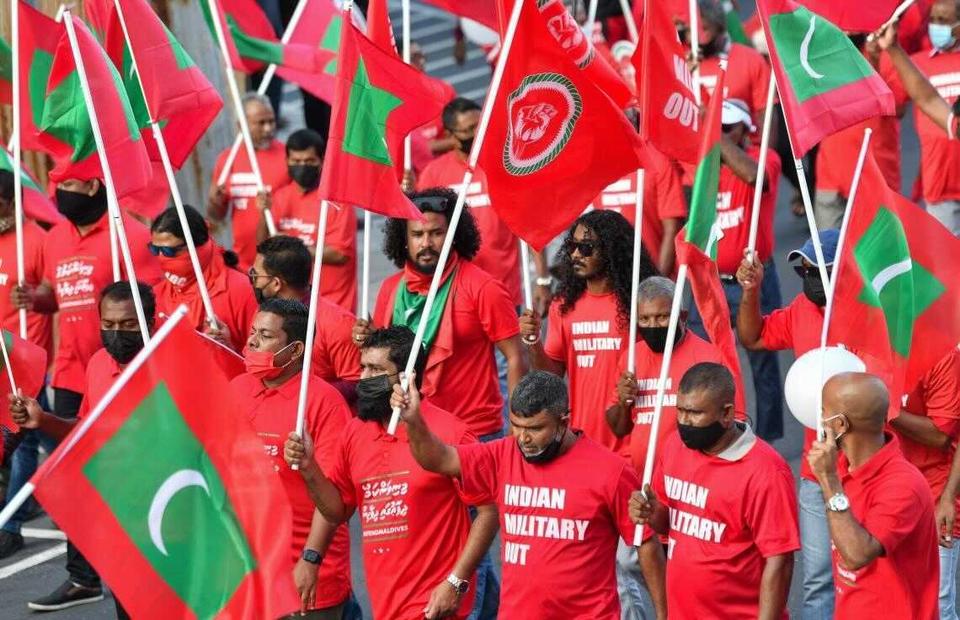
New Delhi: A survey on the status of Adivasi livelihoods in India specially Jharkhand and Odhisha has revealed appalling facts. A report titled “Status of Adivasi Livelihoods 2021” was recently released by Professional Assistance for Development Action (PRADAN), an NGO that works with professionals to improve the lives of the poor and marginalized at the grassroots level.
The report highlights the difficulties and scarcity that the Adivasi population is currently facing in the country, which negatively affects their quality of life.
The report covers a variety of issues, such as how the cultural ethos of tribal communities shapes their livelihood practices, the resource deficiencies that they face, external interventions that affect their living conditions and other characteristics of the households such as literacy, land ownership, income and food security.
As per PRADAN, the information was gathered through a household questionnaire survey in around 5000 sampled families, a village survey in 254 villages, focus group discussions in 28 villages, and interviews with 40 Adivasi academics, and social workers.
Here are some highlights of the report:
Despite the rich crop diversity and the fact that Adivasi families reported growing a variety of 20 different crops, 25% of Adivasi and 19% of Non-Adivasi residents of Jharkhand experienced severe food insecurity. 12% of Adivasi households and 16% of non-Adivasi households in Odisha experienced extreme food insecurity.
Adivasi villages have less access to development amenities and facilities than non-Adivasi communities in the same geographic area, including all-weather roads, telephones, educational facilities, health infrastructure, etc. For instance, in both states, mobile coverage was present in about 70% of Adivasi villages as opposed to 90% of non-Adivasi villages.
The statistics on public transport also testifies to the divide. While only 46% and 57% of the Adivasi population in Jharkhand and Odisha have access to public transport facilities connecting to block headquarters, the percentage of the Non-Adivasi population are 60 and 80 respectively.
53.1% of the male and 43.7% of the female Adivasi population in Jharkhand was found with no school education at all, whereas the Non-Adivasi male and female population deprived of school education was 40.2% and 39.4% respectively. In Odisha, 58.9% of the male Adivasi population and 50.3% of the females constitute the total number of individuals who haven’t been to any sort of schooling. 41.2% male and 37.6% female population among Nom-Adivasis fall into the same category. The condition of Adivasi communities in different levels of education including primary, upper primary, matriculation and above matriculation is miserable and much worse than the Non-Adivasi population.
The report has also raised serious questions regarding the idea of development under the state’s imagination and its consequences.
Simon Oraon Minj, a prominent Adivasi environmentalist and social worker based in Jharkhand is quoted in the report as saying, “None of the government schemes is successful in benefiting the Adivasi people. Adivasi people can be their own engineers for the development of their villages.”
Archana Soreng, a well-known Adivasi activist from Odisha said, “Imposition of development worldviews from outside might have changed our relationship with nature. But the change in economic occupation (due to external pressure) will not decide whether we are Adivasi or Non-Adivasi. Our identity is way more rooted.”
Analysing the statistics and the reactions from the Adivasi communities, PRADAN concludes that the policymakers could be assisted in developing new policies and programmes by the insights into how Adivasis view their development and how their values and cultural ethos influence their choice of livelihood.
“When creating projects and programmes, it is important to take into account the Adivasi people’s current knowledge systems and their top development priorities,” the report notes. Web Desk


